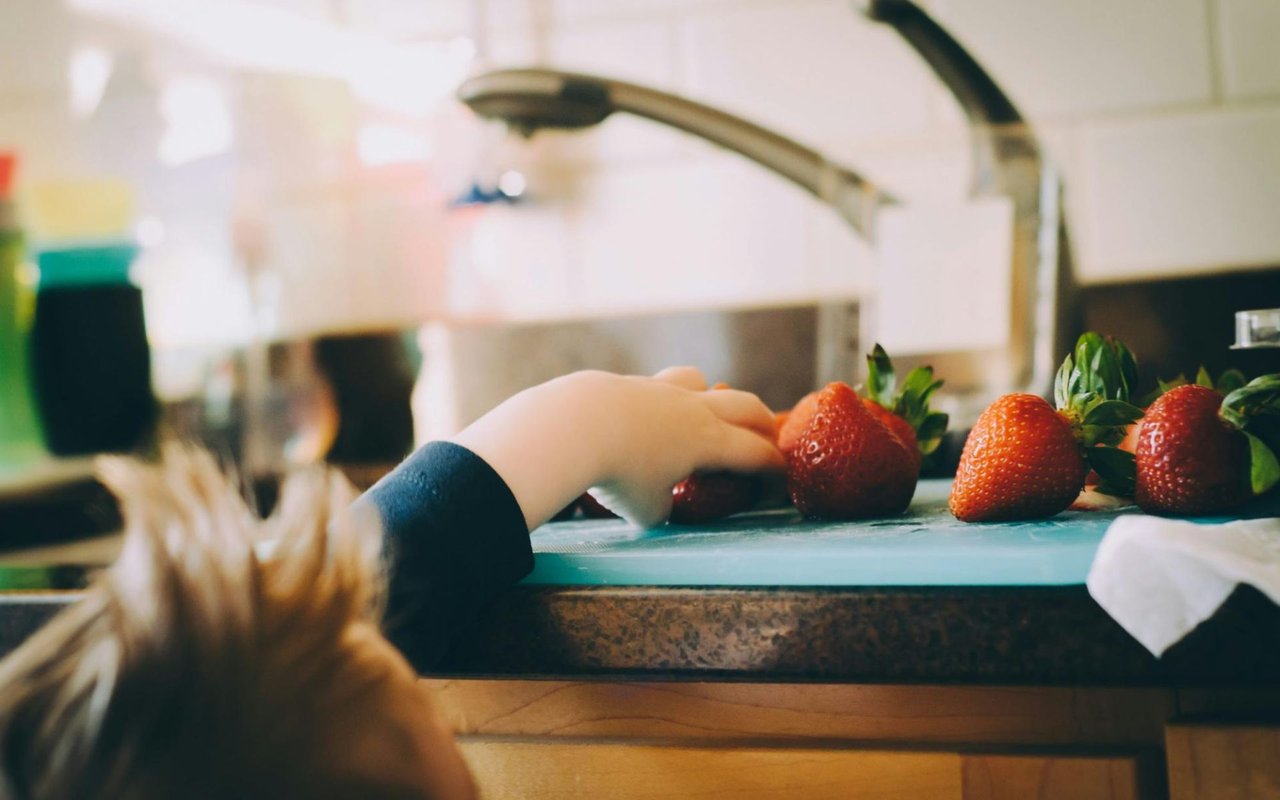Creating a safe home for children doesn’t have to feel overwhelming or stressful. It’s about finding practical ways to minimize risks while giving your kids the freedom to explore and grow.
Whether you’re a first-time parent or simply preparing your West Hartford home for visiting little ones, this guide will walk you through what to check, change, and focus on so that your property can be both fun and safe.
Whether you’re a first-time parent or simply preparing your West Hartford home for visiting little ones, this guide will walk you through what to check, change, and focus on so that your property can be both fun and safe.
Start With the Basics: Securing Furniture and Fixtures
When children are exploring, everything looks like an opportunity to climb, pull, or tug. That’s why securing furniture and heavy fixtures should be at the top of your list. Look at items like bookshelves, dressers, and even televisions. If they could tip over, they need to be anchored to the wall.
Use furniture straps or brackets to ensure stability. It’s a simple task that makes a huge difference in preventing accidents. While you’re at it, think about placing heavier items, such as TVs or large picture frames, on lower shelves where they’re less likely to fall.
Use furniture straps or brackets to ensure stability. It’s a simple task that makes a huge difference in preventing accidents. While you’re at it, think about placing heavier items, such as TVs or large picture frames, on lower shelves where they’re less likely to fall.
Create a Kid-Friendly Kitchen
The kitchen is a hub of activity, but it’s also full of potential hazards. Start by securing all cabinets and drawers that hold sharp tools, cleaning supplies, or small objects that could be swallowed. Childproof latches are your best friend here.
Next, consider how you store everyday items. Placing dishes and snacks in lower, easy-to-reach areas can minimize the temptation for kids to climb the counters or pull heavy objects down. Don’t forget to secure your stove with knob covers and anti-tip brackets — it’s worth the peace of mind.
Next, consider how you store everyday items. Placing dishes and snacks in lower, easy-to-reach areas can minimize the temptation for kids to climb the counters or pull heavy objects down. Don’t forget to secure your stove with knob covers and anti-tip brackets — it’s worth the peace of mind.
Think About Doors and Windows
Kids are curious, which means that doors and windows are a constant source of intrigue. To keep little explorers safe, install door knob covers or latches. For windows, opt for locks or stops to prevent them from opening too wide.
If you have sliding glass doors, make sure they’re equipped with sturdy locks, and consider applying a visible decal to prevent collisions. And don’t forget screens — while they’re great for keeping bugs out, they won’t stop a child from falling through. Secure them tightly and always supervise when windows are open.
If you have sliding glass doors, make sure they’re equipped with sturdy locks, and consider applying a visible decal to prevent collisions. And don’t forget screens — while they’re great for keeping bugs out, they won’t stop a child from falling through. Secure them tightly and always supervise when windows are open.
Focus on Stairways and Railings
Stairs are exciting for kids to climb, but they’re also a common site for tumbles. Installing baby gates at the top and bottom of your staircases can prevent unsupervised exploration. Choose gates that are securely mounted and challenging for kids to unlatch on their own.
Take a close look at your railings, too. Are there gaps that a child could squeeze through? If so, consider adding a guard or installing additional slats to keep these areas safe. Even if your stairs seem secure, it’s always a good idea to teach your kids how to use them safely — one step at a time.
Take a close look at your railings, too. Are there gaps that a child could squeeze through? If so, consider adding a guard or installing additional slats to keep these areas safe. Even if your stairs seem secure, it’s always a good idea to teach your kids how to use them safely — one step at a time.
Electrical Safety Made Simple
Electrical outlets are magnets for tiny fingers and curious minds. Thankfully, childproofing them is one of the most straightforward steps you can take. Use outlet covers or plates that automatically slide shut when not in use. This prevents kids from sticking anything inside.
Pay attention to your cords as well. Keep them out of reach, and use cord organizers to tidy up areas where wires might dangle. For extra peace of mind, unplug appliances when they’re not in use — this not only saves energy but eliminates potential hazards.
Pay attention to your cords as well. Keep them out of reach, and use cord organizers to tidy up areas where wires might dangle. For extra peace of mind, unplug appliances when they’re not in use — this not only saves energy but eliminates potential hazards.
Softening the Edges: Corners and Floors
If you’ve ever bumped your head on a sharp corner, you know how painful it can be. For kids, it’s not just painful — it’s a real safety risk. Add corner guards to coffee tables, counters, and any other furniture with sharp edges.
Don’t overlook your floors, either. Area rugs can easily slip and slide, leading to falls. Invest in non-slip pads or rug anchors to keep everything in place. This is especially helpful if your kids are just learning to walk, as every bit of stability counts.
Don’t overlook your floors, either. Area rugs can easily slip and slide, leading to falls. Invest in non-slip pads or rug anchors to keep everything in place. This is especially helpful if your kids are just learning to walk, as every bit of stability counts.
Bathroom Safety Essentials
The bathroom is another high-risk area for children, but a few simple changes can make a notable difference. Start with the bathtub. Install a non-slip mat to prevent falls and a faucet cover to protect against bumps. Always supervise bath time, even if your child seems independent.
Keep medications, toiletries, and cleaning products locked away in cabinets that children can’t reach. A toilet lock is another small addition that prevents curious kids from exploring where they shouldn’t. Remember to always test the water temperature before bathing your child — aim for lukewarm, not hot.
Keep medications, toiletries, and cleaning products locked away in cabinets that children can’t reach. A toilet lock is another small addition that prevents curious kids from exploring where they shouldn’t. Remember to always test the water temperature before bathing your child — aim for lukewarm, not hot.
Involve Your Kids in the Process
One of the most effective ways to create a safe home is by involving your children in the process. Teach them about potential hazards in a way that’s appropriate for their age. For instance, explain why certain areas are off-limits or why it’s important to pick up toys to avoid tripping. The more your kids understand safety, the more likely they are to follow the rules. Plus, involving them gives them a sense of responsibility and awareness, which is a win for everyone.
Regularly Reassess Your Space
As your children grow, their abilities and interests change. That means what’s safe today might not be safe six months from now. Make a habit of regularly reassessing your home for new risks.
For example, once your child starts climbing, you might need to rethink your furniture arrangement. When they start playing with smaller toys, it’s time to ensure those tiny pieces are kept out of reach of younger siblings. Staying proactive will help you stay ahead of potential hazards.
For example, once your child starts climbing, you might need to rethink your furniture arrangement. When they start playing with smaller toys, it’s time to ensure those tiny pieces are kept out of reach of younger siblings. Staying proactive will help you stay ahead of potential hazards.
A Safe Home is a Happy Home
Making your West Hartford home safe for children doesn’t mean it has to feel restrictive or complicated. With a few thoughtful adjustments, you can create a space where kids can play, explore, and grow while minimizing risks. Remember, safety is an ongoing process, not a one-time task. Keep an eye out for new challenges and embrace the adventure of parenthood — it’s a journey worth every step.
Contact Paula Fahy Ostop, Ellyn Marshall, and the Marshall + Ostop Team today to discuss your real estate goals and let them assist you in making your dreams a reality!
Contact Paula Fahy Ostop, Ellyn Marshall, and the Marshall + Ostop Team today to discuss your real estate goals and let them assist you in making your dreams a reality!




